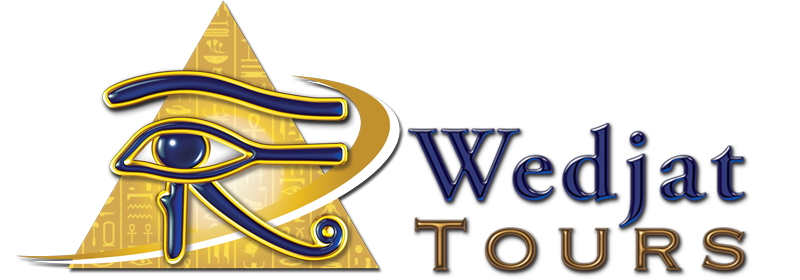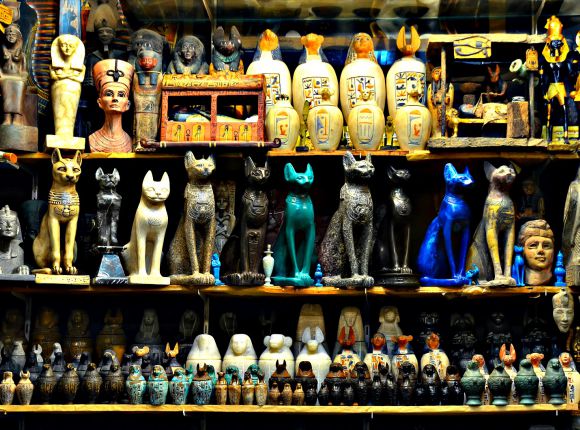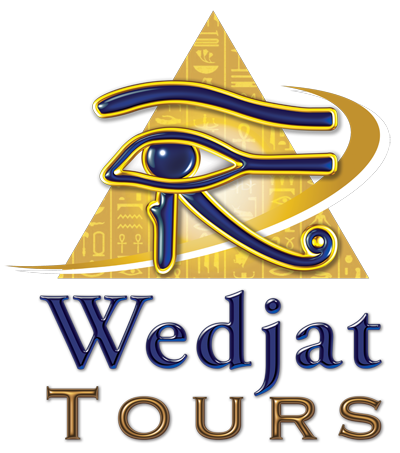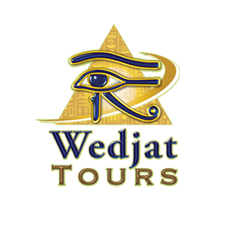1- Papyrus
2- Brass and Copperware
The souqs are full of stalls piled high with items made locally, from brass candlesticks and coffee sets to huge wagon wheel-sized copper trays and crescent moons for the tops of minarets.
3- Sheesha Pipes
Every Egyptian coffeehouse is filled with men smoking sheesha pipes, the Middle Eastern water pipe. You’ll find them in any souq, but the greatest selection is found in Cairo’s Khan al-Khalili.
4- Egyptian Cotton
Cotton as a crop was introduced into Egypt in the 19th century and almost ever since Egypt has been renowned for the quality of its cotton goods, especially sheets and towels. Much of the best cotton is exported and what you find locally is often inferior. However, certain shops in malls and hotels sell top-quality goods.
Egyptians buy large quantities of gold and silver as traditionally many feel it’s safer than putting their money in the banks. Precious metals are sold by the gram in the souqs; with jewelry, a percentage is then added to the price for the workmanship. A favorite Egypt souvenir is a cartouche with hieroglyphs.
6- Carpets and Rugs
Unlike Turkey, Morocco or Iran, Egypt is not a major carpetmaking nation and the work is generally inferior to that in those countries. Rugs and tapestries are woven from coarse wool or camel hair, typically in beige and brown. Colorful picture rugs depicting rural scenes are produced at the Ramses Wissa Wassef Art Centre.
7- Spices
Spices are widely sold in the souqs. They are fresher and of better quality than the packaged variety sold in the West, especially cinnamon, cumin, and dukkah, which is a blend of spices.
8- Inlay Work
Among the most attractive items produced in Egypt are wooden boxes inlaid with slivers of bone, ivory or mother-of-pearl. Hardwood backgammon boards are also often inlaid in this way.
9- Cartouche
One of the most common souvenirs acquired in Egypt are the cartouches, some hanging adornments of gold or silver in which names are sculpted, in general, of between 4 and 6 letters. The engraving is done in hieroglyphics and must be ordered one day in advance.
10- Egyptian Galabeya
The Galabeya is a traditional dress in Egypt, consisting of a loose weave for men and women. Although you may not find many who wear them in the capital of Cairo, it is possible to locate people in rural areas who still wear them. Jalabeya designs and styles differ in each region of Egypt: some are colorful and others are black with embroidery. Jalabeyas for men are generally more basic, being made of very light or very dark fabrics, with little embellishment.
11- Belly Dancer Costume
Belly dance, of Egyptian origin, is an expressive Arabic dance that includes certain movements and specific music. There are belly dance costumes of different styles and colors, and they are designed with bright and shiny embroidery. They are very common among tourists as souvenirs; however, they are not designed to be worn outdoors.





 And then Add to Home Screen.
And then Add to Home Screen.